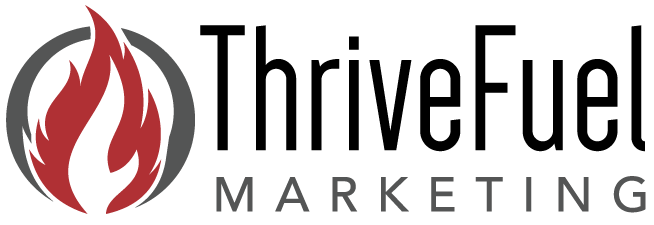The power of online advertising is undeniable. Imagine reaching a laser-targeted audience, achieving massive brand awareness, and driving significant sales – it’s a marketer’s dream. But before you jump into the world of Meta and Google Ads, a crucial question arises: how much should I spend?
There’s no magic formula, unfortunately. The ideal ad budget is a unique blend of factors specific to your business. But fear not! This blog will equip you with a framework to determine the right advertising budget for your Meta and Google Ads campaigns.
Step 1: Define Your Goals
What do you want your ads to achieve? Here are some common goals:
- Brand awareness: Increase recognition and familiarity with your brand.
- Lead generation: Capture potential customer information for follow-up.
- Website traffic: Drive visitors to your website or landing page.
- Sales: Convert website visitors into paying customers.
Once you know your goals, estimate the desired outcome (e.g., number of website visits, leads generated).
Step 2: Consider Industry Benchmarks
Industry benchmarks can provide a starting point, though they’re not a definitive answer. Research average cost-per-click (CPC) for your industry on both Meta and Google Ads. This gives you a rough idea of the potential cost per click.
Step 3: Leverage Existing Data
Have you run ad campaigns before? Analyze historical data! Look at metrics like cost-per-acquisition (CPA) and conversion rates. This data allows you to estimate how much you need to spend to achieve your desired goals.
Step 4: Start Small and Scale Up
The urge to go all-in from the beginning is strong. However, a smarter approach is to start with a modest budget and gradually increase spending as you optimize your campaigns. This allows you to test different strategies, refine your targeting, and ensure you’re getting the most out of your investment.
Meta vs. Google Ads: Budget Allocation Considerations
Both platforms offer distinct advantages:
- Meta Ads: Ideal for reaching a broad audience based on demographics and interests. Often, the cost-per-click can be lower compared to Google Ads.
- Google Ads: Targets users actively searching for products or services related to your offering. This typically leads to higher conversion rates but potentially higher CPCs.
Tip: Allocate a larger portion of your budget to the platform that aligns best with your goals. For example, if brand awareness is your primary objective, Meta Ads might be a better initial investment.
Additional Tips for Budget Optimization
- Utilize campaign budget optimization: Both platforms offer features that automatically distribute your budget across ad groups for optimal performance.
- Track and analyze key metrics: Regularly monitor impressions, clicks, conversions, and costs. This data helps you refine your targeting and maximize your return on investment (ROI).
- Test different creatives and ad copy: Experiment with visuals, headlines, and calls to action to see what resonates best with your target audience.
Remember, determining the perfect ad budget is an ongoing process. By setting realistic goals, leveraging data, and continuously optimizing your campaigns, you can ensure your advertising dollars are working hard to achieve your business objectives.
Ready to take the plunge?
With a well-defined strategy and a data-driven approach, you can conquer the world of Meta and Google Ads, reaching your target audience and achieving your advertising goals.
Scott Goodale
Fulfillment Manager
ThriveFuel Marketing



